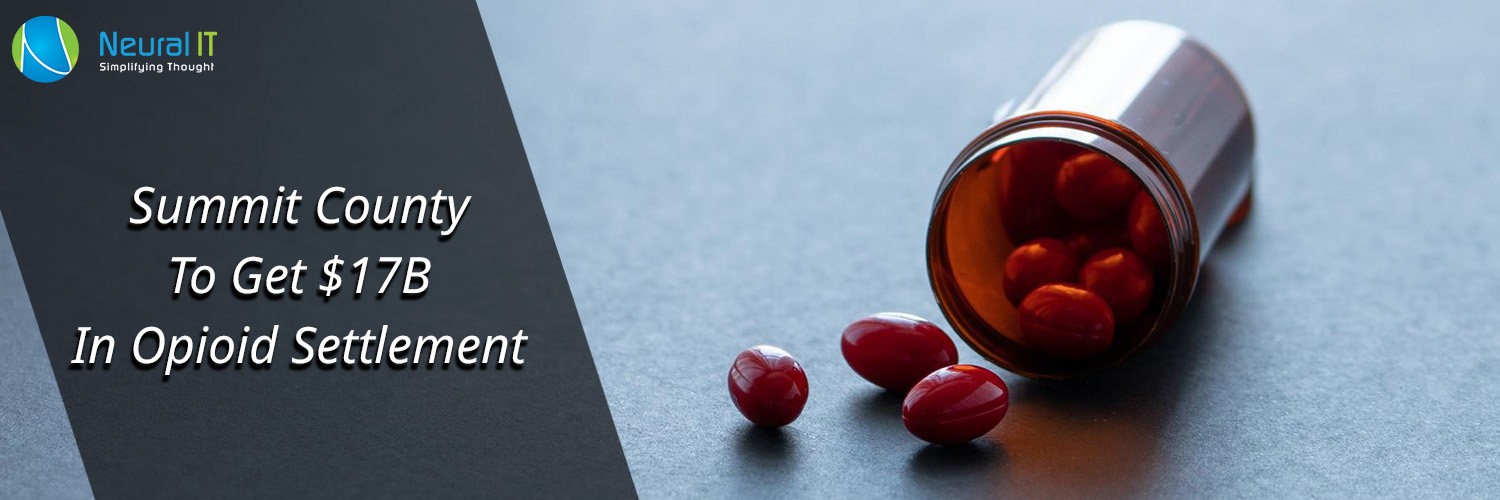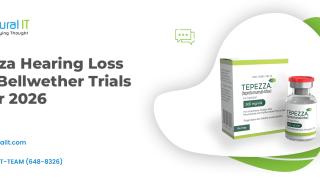Summit County To Get $17B In Opioid Settlement
Summit County To Get $17B In Opioid Settlement

Introduction
Summit County stands to earn a piece of the $209 million that Utah will get as part of a recent nationwide opioid settlement with drugstore chains and pharmaceutical companies.
The most recent accord, which is a part of a $17.3 billion multistate settlement with pharmaceutical companies Teva and Allergan as well as retailers CVS and Walgreens, was made public by the Utah Attorney General. Walmart is a party to a federal deal that is still being finalized but is likely to happen soon. Summit County will receive an undisclosed amount of money, although it is anticipated that payments will begin before the year's end.
Walmart must pay up to $2.74 billion in 2023, with the remainder payments to be made over the following six years, according to the total deal, while Allergan must pay $2 billion over a seven-year period.
Additionally, Walgreens must pay $5.5 billion over 15 years, while CVS must pay $4.9 billion over 10 years. Teva must pay $3 billion over 13 years and, depending on the state, either offer $240 million in cash instead of the product or $1.2 billion of its generic version of Narcan, a drug that quickly reverses an opioid overdose, for 10 years.
Additionally, it stops Allergen and Teva from promoting and selling opioids for ten years. The settlement stipulates that the pharmacies must alter the way they manage narcotics.
Although the lawyer was unable to give particular statistics since the payoff schedule hasn't yet been made public, the shorter time frame will result in more money for Summit County up front. As part of the initial settlement, the County Courthouse is anticipated to receive payments totaling roughly $70,000 each.
The state will keep half of the new $209 million settlement, while the remaining sum will be distributed to the counties that agreed to the agreement. Nearly all of Utah's 29 counties are said to have taken part in the arrangement, and the shares are based on opioid usage risk, which frequently correlates with population. Certain restrictions, which reserve the majority of the funds for treatment and prevention, apply to the money.
The majority of the first round of settlement monies were given to treatment in November by Summit County, with the remaining 40% going to preventative initiatives. Last fiscal year, the county received two payments totaling $61,856 and $86,309 that might have been used for drug misuse prevention, education, and treatment.
Officials in the field of behavioral health pushed for the money to be used for supportive housing, medication-assisted therapy, training for law enforcement, job placement or training, and childcare for patients.
In the Summit County Jail, medically assisted treatment—medication used in conjunction with counselling and behavioral therapy to lessen withdrawal symptoms—was also suggested. Pre-arrest diversion and post-overdose response programmes, together with strengthening linkages between at-risk people and behavioural health providers, were potential preventative methods.
Additionally, Summit County can yet receive additional funds. The lawyer is defending the county in a number of ongoing litigation over the opioid epidemic. There are fewer lawsuits currently than there were last autumn since many of the larger defendants have already reached settlements, with little or no benefit to the neighborhood.




